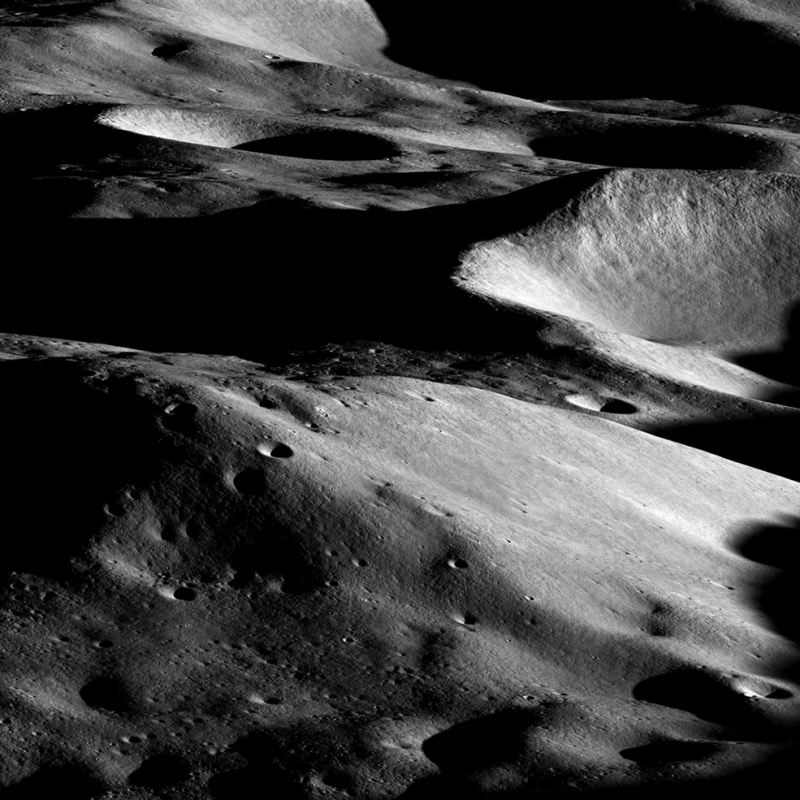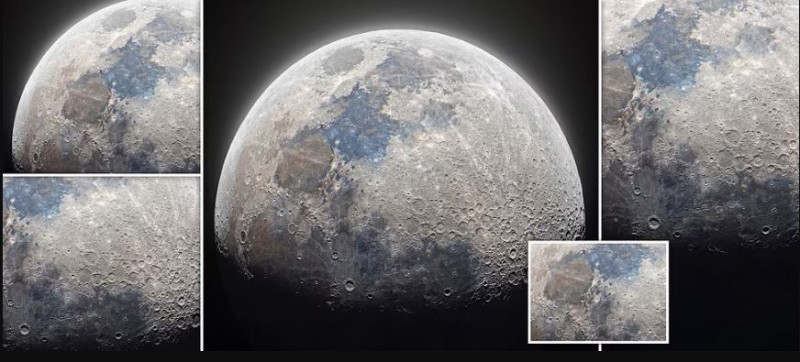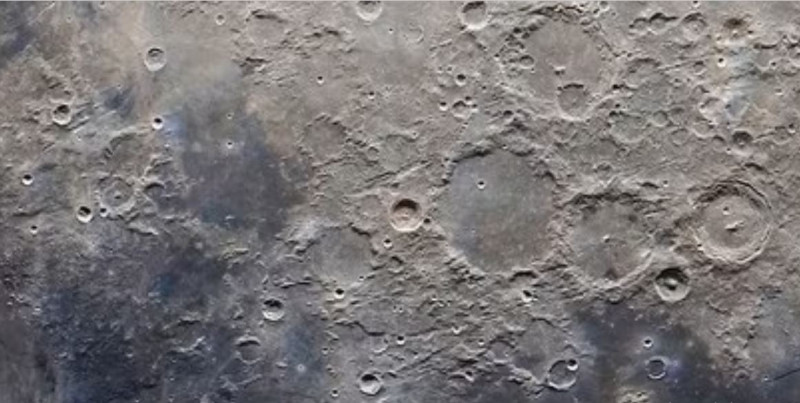Get to know the new teams and the moon up close
NASA has selected five new research teams to collaborate on lunar science and lunar sample analysis research to support future lunar exploration under the agency’s Solar System Research and Exploration Virtual Institute (SSERVI).
“These new teams will work with existing SSERVI teams to maintain NASA’s leadership in lunar science in this new era of lunar exploration,” said Lori Glaze, director of the Planetary Science Division in NASA’s Science Mission Directorate.
SSERVI will support each of the new teams for five years with approximately $1.5 million annually, jointly funded by NASA’s Science Mission Directorate and the Exploration Systems Development Mission Directorate. The focus of this call is lunar science and sample analysis to enable future human and robotic exploration, with NASA’s Artemis program and the Commercial Lunar Payload Services initiative. The work will be done in collaboration with US and international partners. These teams are in addition to eight ongoing SSERVI teams selected in 2019.
“Exploration and science are fundamentally intertwined, and SSERVI continues to strengthen these partnerships,” said Jacob Bleacher, chief exploration scientist at NASA’s Exploration Systems Development Mission Directorate. “These new teams bring a wealth of expertise that will help us better understand the lunar environment and prepare for human and robotic lunar exploration to maximize Artemis’ scientific performance.”
The new SSERVI teams, selected through peer review from a pool of 14 competitive proposals, are:
- Lunar Structure, Composition, and Processes for Exploration (LunaSCOPE), led by Alexander Evans at Brown University in Providence, Rhode Island. The team will investigate the evolution, fate and consequences of the lunar magma ocean, as well as the origin, abundance, distribution and isotopic composition of volatiles.
- Center for Lunar Origin and Evolution (CLOE), led by Bill Bottke of the Southwest Research Institute’s Solar System Science and Exploration Division, located in Boulder, Colorado. The team will explore important questions about understanding the origin of the Solar System and the conditions of Earth-Moon formation.
- Research Activities Supporting Lunar Science and Exploration (RASSLE), led by Dana Hurley at the Johns Hopkins University Applied Physics Laboratory in Laurel, Maryland. The team will lay the scientific foundation for the future of lunar exploration in the areas of volatile evolution in the lunar polar regions, solar system chronology, and cryogenic sample handling.
- Center for Lunar Environment and Volatile Exploration Research (CLEVER), led by Thomas Orlando at the Georgia Institute of Technology in Atlanta. The team will characterize the lunar environment and volatile reserves required for near-term sustainable human exploration of the Moon.
- Center for Advanced Sample Analysis of Astromaterials from the Moon and Beyond (CASA Moon), led by Charles (Chip) Shearer at the University of New Mexico in Albuquerque. The team will decipher the origin, evolution and dating of the ancient lunar crust through lunar sample analysis.
But in addition to scientists who have the opportunity to explore planets far from Earth, a photographer from Arizona, USA, wanted to “launch” as close as possible to other people who do not have the opportunity to be inside spaceships, with the latest technology , by NASA.
The reason for Andrew McCarthy, who collected an extremely high-resolution photo of the Moon. The epic result was achieved after dozens of unsuccessful attempts, with him managing to transport, even if only in imagination, his followers close to well-known lunar craters such as Copernicus, Tychos, Plato, Eratosthenes and Clavius.
“I am absolutely delighted with the final image. The quality is pretty consistent across the board, which is really difficult with the materials I have, so I’m quite honest that I managed because the sky cooperated with me to create this image,” said Mr McCarthy.
Source :Skai
I am Terrance Carlson, author at News Bulletin 247. I mostly cover technology news and I have been working in this field for a long time. I have a lot of experience and I am highly knowledgeable in this area. I am a very reliable source of information and I always make sure to provide accurate news to my readers.













